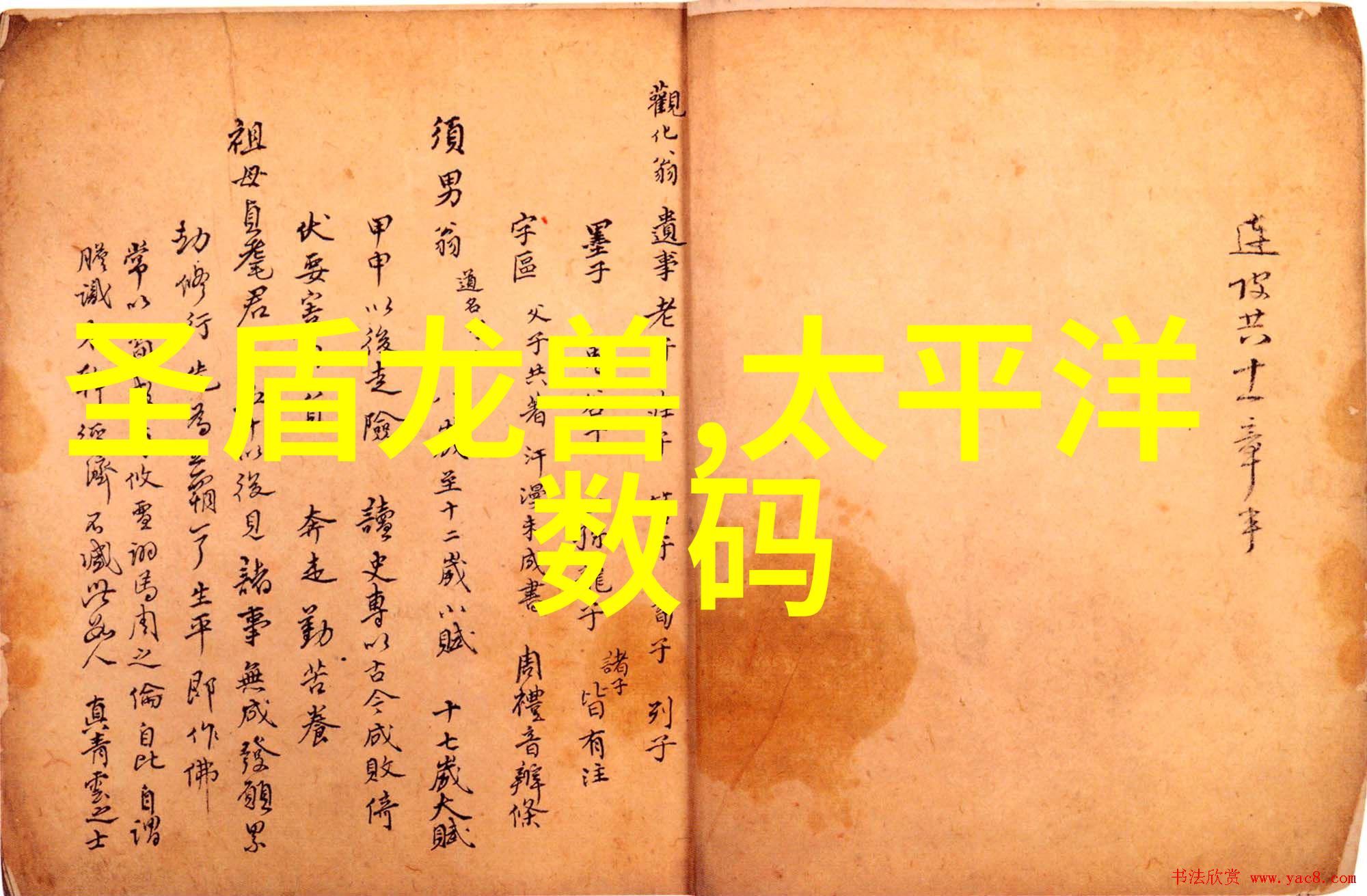工业机器人视觉系统高精度自动识别与处理
工业机器人视觉系统(高精度自动识别与处理)

什么是工业机器人视觉?
在现代制造业中,随着技术的不断进步,传统的机械手臂已经不再满足于单纯的物体搬运和加工功能。为了提高生产效率、降低成本,并实现更高级别的自动化控制,出现了一个革命性的技术——工业机器人视觉。这种技术赋予了机器人的眼睛,使它们能够像人类一样观察周围环境,进行数据分析,并据此做出决策。

工业机器人视觉系统构成
要实现这一目标,我们首先需要了解一个完整的工业机器人视觉系统由哪些部分组成。其核心包括摄像头、图像处理软件、计算硬件以及相关驱动设备等。这套系统能够捕捉到物体或工作场景中的图像信息,然后通过复杂算法对这些信息进行分析,从而确定物体位置、形状大小甚至是表面特征。

图像捕获与传输
第一步是确保摄像头能够准确无误地捕捉到我们想要分析的对象。这通常涉及到选择合适类型和分辨率的小型高清摄影头,它们可以安装在各种不同的部位,比如上方垂直照射或者从侧面倾斜拍摄,以便覆盖不同角度和距离下的物体。此外,还有特殊设计用于特定应用领域,如红外线探测来检测热源,或使用激光扫描仪以三维重建工作空间。

图像处理与模式识别
接下来就是将所采集到的图像数据送入中央处理单元,这里是一个强大的计算平台,它能承受大量并行处理任务。在这里利用先进算法,如边缘检测、形态学变换、高斯滤波等,对图象进行预处理,以减少噪声干扰并提取关键信息。然后通过深度学习模型进一步提升识别能力,可以达到比人类更为精细和准确的地步。

应用场景示例
Industrial robot vision has been successfully applied in various manufacturing processes, such as assembly line, welding, material handling and inspection. For example, in the automotive industry, robots equipped with visual systems can be used to inspect and test vehicle parts for defects or damage. In the food processing industry, robots can visually identify and sort products based on size or color.
安全性与可靠性保证
The reliability of industrial machine vision systems is crucial to ensure production efficiency and safety. To guarantee this level of performance requires rigorous testing during design phases as well as ongoing monitoring throughout the operation cycle. Regular software updates also play a significant role in maintaining optimal system functionality.
未来发展趋势
As technology continues to advance at an exponential rate, we can expect even more sophisticated applications of industrial machine vision in years to come. Integration with artificial intelligence will enable machines not only to process data but also learn from experience and adapt their actions accordingly. Moreover, advancements in sensor technologies will allow for better sensing capabilities under varying environmental conditions like lighting variations or changing weather conditions.
In conclusion, industrial robot vision represents a major leap forward in automation technology that holds tremendous potential for transforming industries across various sectors by increasing productivity while reducing costs through improved accuracy and efficiency. As research continues into these areas we may see further breakthroughs that revolutionize our understanding of what's possible when it comes to leveraging computer-based perception abilities within manufacturing environments.